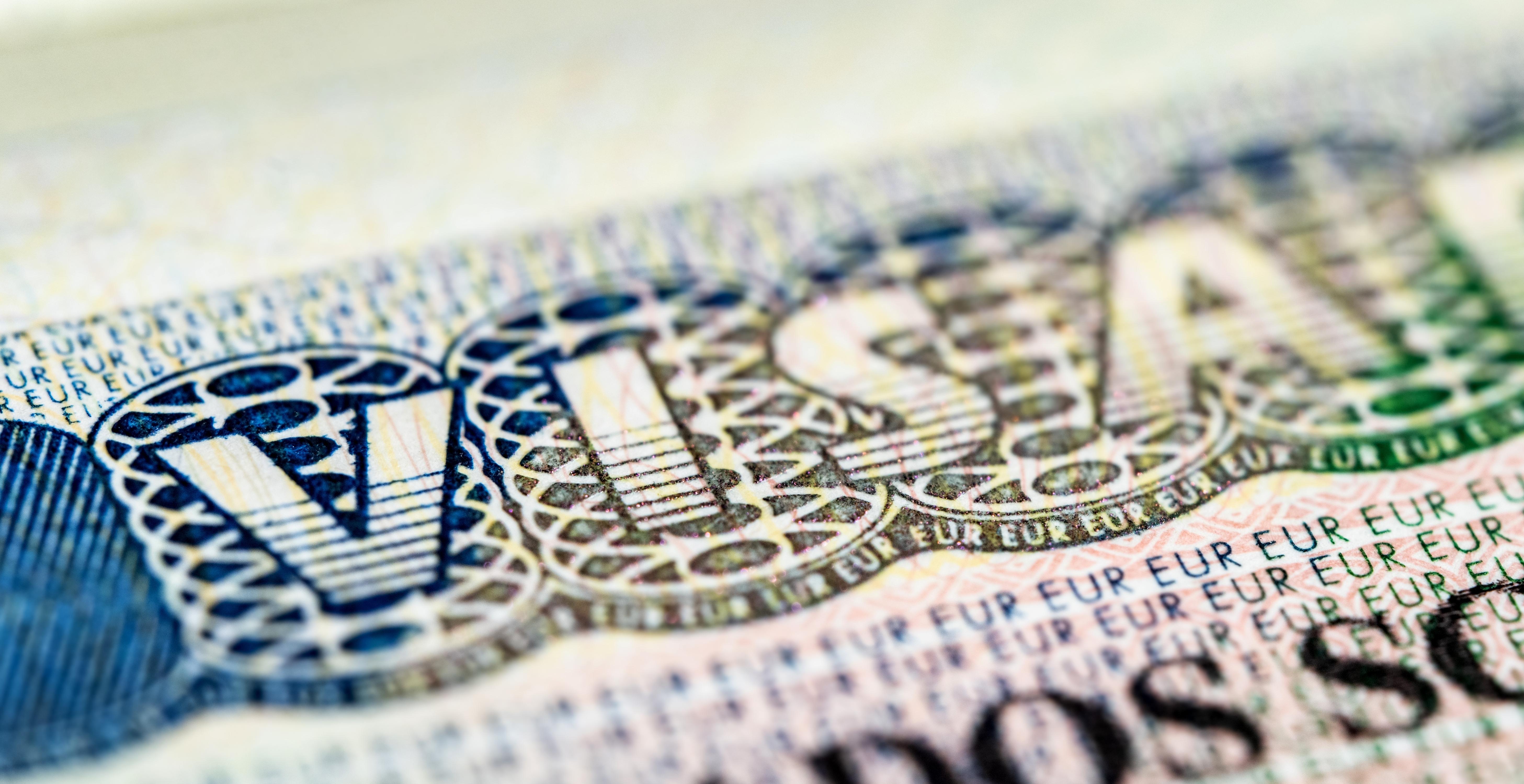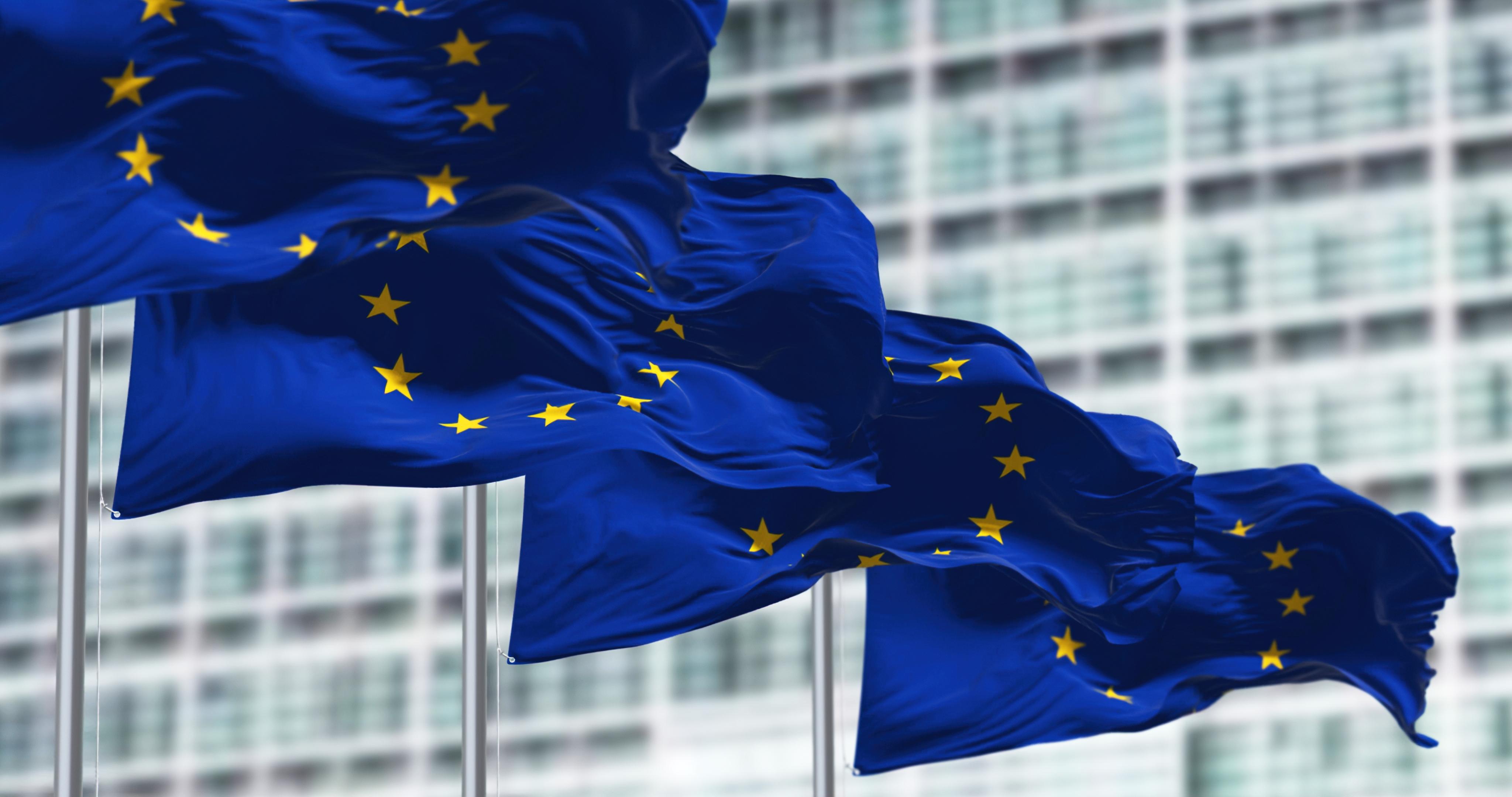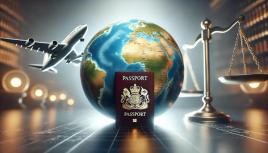Blog • Published on:October 7, 2025 | Updated on:October 7, 2025 • 5 Min
The Differences between the EU and Schengen Area in 2025
There is often much confusion around the European Union (EU) and the Schengen Area. Yes, the two concepts involve European countries – and often the same nations are involved in both – but there are some significant differences between them.
With the European Travel Information and Authorisation System (ETIAS) due to be implemented in Europe by December 2026, knowing how the EU differs from the Schengen Area is more important than ever for those planning to visit the continent anytime soon.
In this article, we look at the differences between the EU and the Schengen Area in Europe.
What Is the European Union?
Originally established as a way to promote peace on the continent soon after World War II, the European Union now serves as a group of countries in Europe that are united both politically and economically.
Each country that’s part of the EU votes for representatives in the European Parliament to represent their respective nation. Although the legislation of each country is still decided by the nation’s own government, the EU has certain rules set in place as EU law which all member states must comply with.
The participating countries have banded together to cooperate on matters such as human rights, policies on sustainable fishing and agriculture, and trade agreements – going so far as to establish the largest single economic market in the world with over 450 million consumers.

European Parliament building in Strasbourg.
This single market also allows for the free movement of people, goods, services and money throughout the member states and provides EU citizens with the absolute freedom to study, work, live and retire in any EU country.
What Is the Schengen Area?
The Schengen Area is a zone consisting of 29 European countries and stretching across the continent to create the largest free movement area in the world to make it easier for individuals to move between participating countries.
Essentially, the Schengen Area operates as a single country with no internal border controls or passport checks and shares a common visa policy. Therefore, once you’ve entered one Schengen country, you have unrestricted access to them all.

The Schengen area covers 29 countries (Schengen States) without border controls between them.
Which countries are in the EU and/or Schengen Area?
In total, there are 27 members of the EU and 29 Schengen countries, in which some nations overlap, and others only participate in one concept:
So, what is the difference between the EU and Schengen Area?
In the simplest of terms, the EU is a political and economic entity, whereas the Schengen Area is the world’s largest free movement area, stretching across Europe – essentially establishing all participating countries as one giant country.
Both entities were formed at different times to fulfil different purposes. And, as shown in the table above, not all European countries participate in both concepts – with some not participating in any.
For foreign nationals outside of Europe, this means that travelling on a Schengen Visa means you only travel through the Schengen countries, but not those that are only part of the EU – and vice versa.
This information is particularly important to note with the introduction of ETIAS by December 2026. The ETIAS permit will grant access to all countries that are part of the Schengen Area and is effectively a Schengen Visa.
When applying for a second citizenship or permanent residency through one of the European Citizenship or Residency by Investment programs, you will not only be a citizen or resident of the host country but of Europe and the European Union (if applicable) as well. As such, you will gain unrestricted access to the Schengen Area and EU territories when holding a European passport, provided that the country of citizenship or residence is part of the Schengen Zone and/or EU.

Both, the European Union and the Schengen Area were formed at different times to fulfil different purposes.
Book a Free Consultation
Of course, if you’re looking for something a bit more permanent than just a Schengen Visa, we’d be happy to be of service.
When seeking second citizenship or permanent residency, it’s important to understand the differences between the EU and the Schengen Area. Be sure to render the services of an accredited and recognised advisor, like Savory & Partners to guide you through the process.
When choosing us as your partner on this journey, you can be assured that you are in safe and capable hands. Savory & Partners is a long-standing and well-respected authorized agent that specializes in helping high-net-worth individuals secure citizenship through investment for themselves and their dependents.
The Savory & Partners team is made up of a diverse group of industry experts who span over 15 nationalities, speak over 25 languages collectively, and come with decades of accumulated CBI and RBI industry experience. Our level of expertise and competence combined with our commitment to serving our clients with the highest level of professionalism and transparency has led us to aid over 11,000 HNWIs and family members obtain a second passport or residency with a 100% success rate. There is no-one better positioned and more trustworthy than Savory & Partners when seeking the best results on your quest to secure a better future for yourself and your family.
Written By

João Silva
João Silva is a seasoned consultant in the global mobility industry with over 12 years of experience. Specializing in European residency and citizenship by investment programs, João has assisted hundreds of high-net-worth clients in securing their second citizenship through strategic investments in real estate and government bonds.
Related Articles









Recently Published









Book a free consultation


